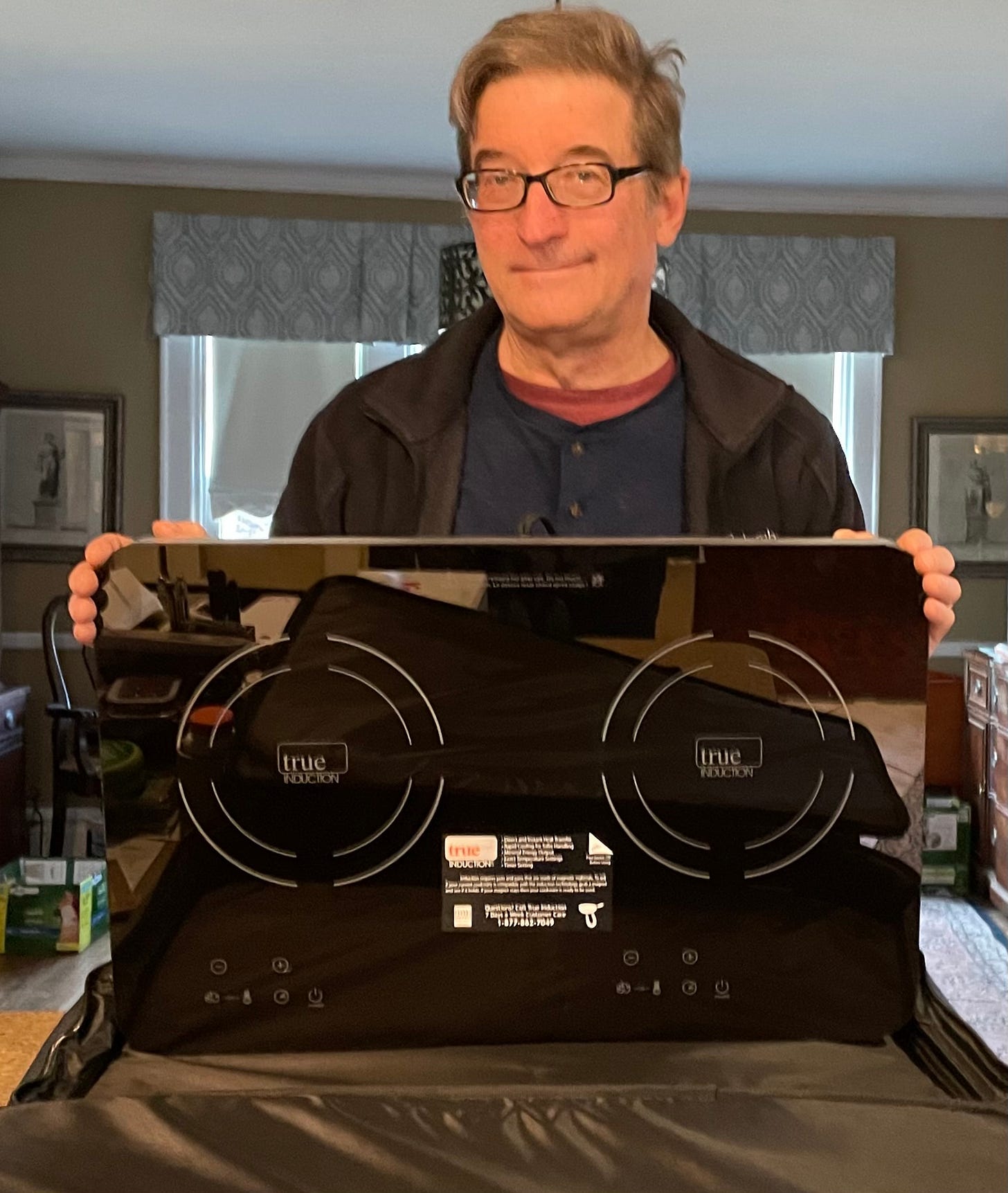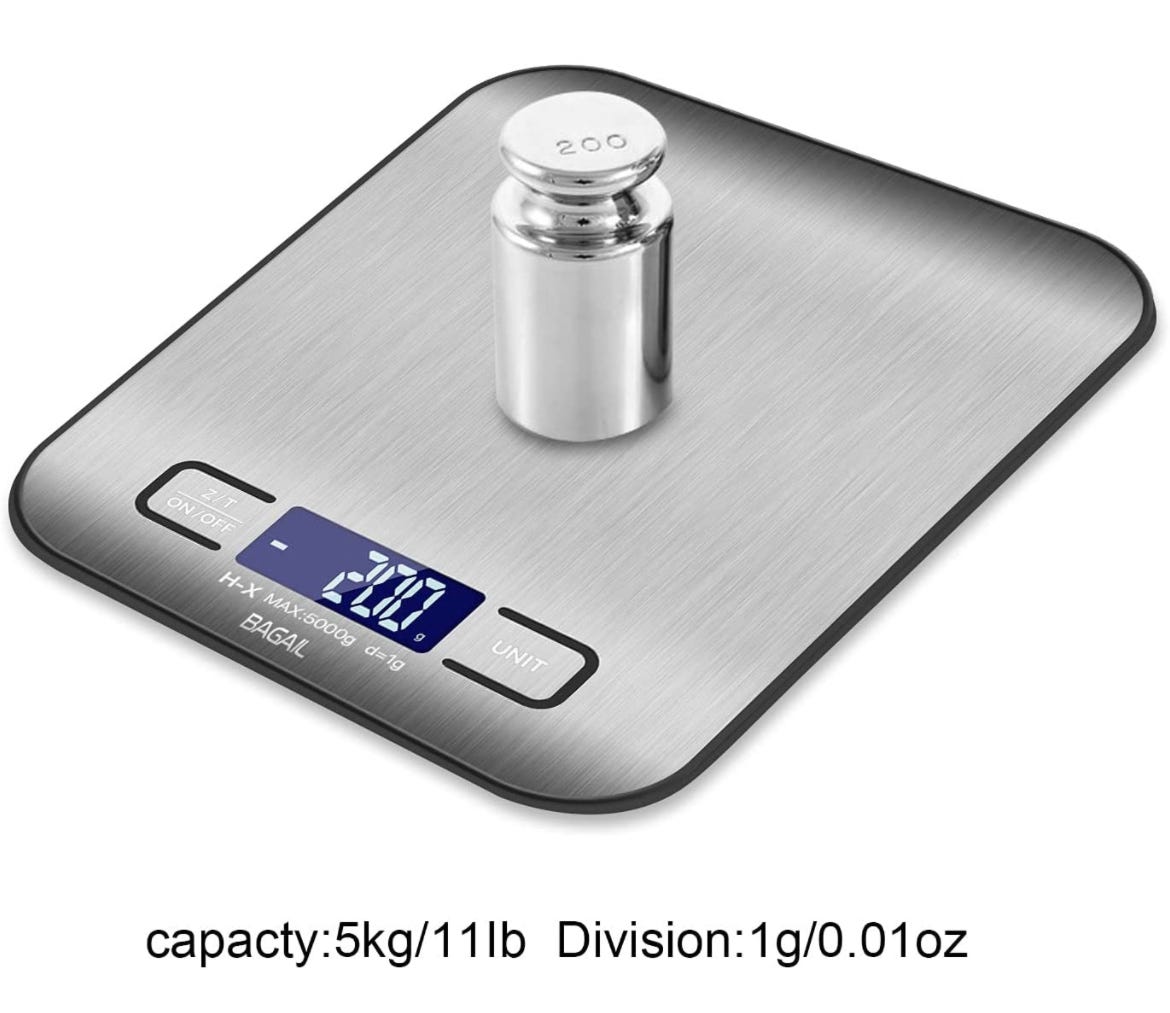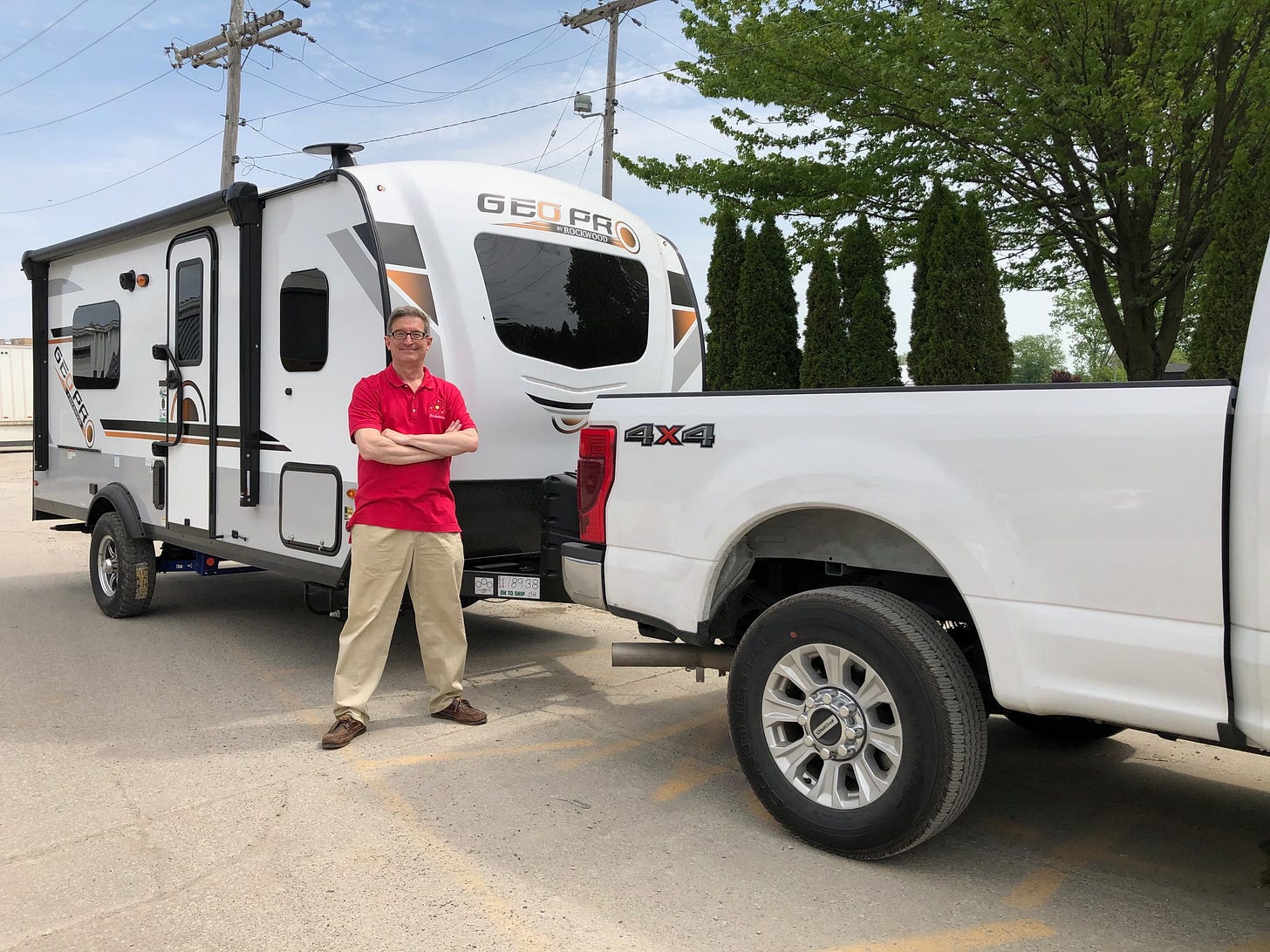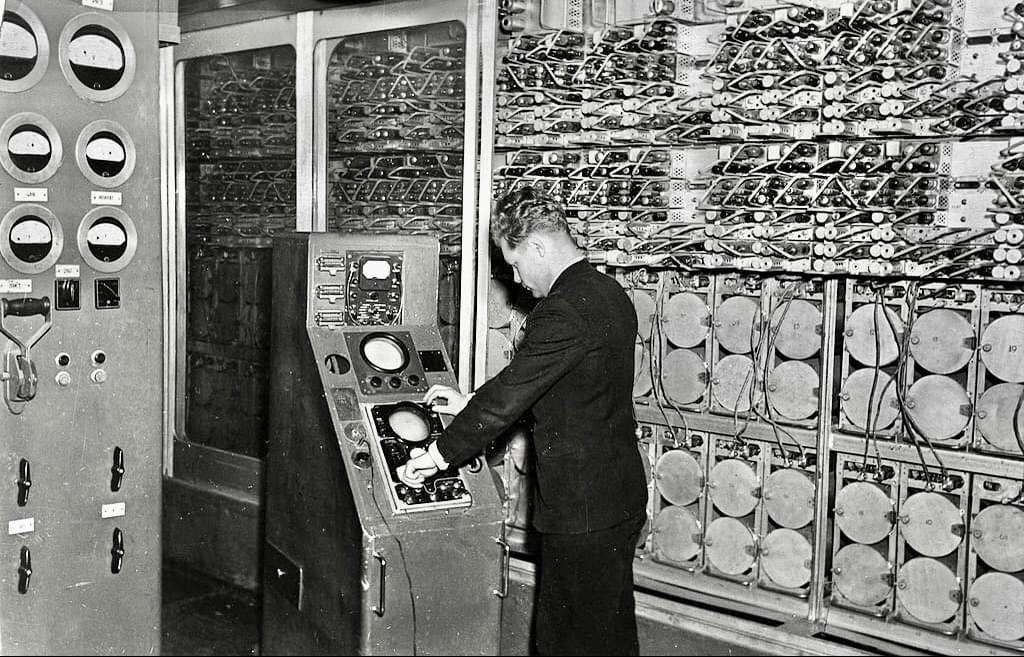Testing Propane vs Induction cooktops
I'm gathering all the pieces for an energy shootout: Just how much energy does a propane vs an induction cooktop take to boil a gallon or water?
My Culinary Institute trained son Kevin has been extolling the virtues of induction cooktops compared to gas burners for the last several years. And he’s even gone so far as to suggest that induction cooktops use one-half the energy of their propane powered cousins. He also insists that once you learn how to cook on an induction cooktop you won’t go back to a gas burner. I’ll get Kevin to do a few cooking demonstrations in the future, but for now I know how to test energy usage.
The Induction Cooktop
I contacted True Induction since they had a number of double induction cooktops, this one designed specifically for RV use since it includes a padded nylon bag. It’s also smart enough to limit the total 120-volt AC input power to 1,800 watts. So if you turn one burner up higher, it will automatically turn down the power to the other burner.
Measuring the electrical energy
Measuring the kWh usage of an induction cooktop is pretty easy using a basic kWh meter. And yes, I’m getting one that can also measure Power Factor…
The Propane Stovetop
I’ve also contacted Coleman about providing me with one of their two-burner propane stovetops. This is a modern version of the white gas Coleman Stove we had in the ‘60s. One should be on the way shortly.
Measuring propane usage
The best way to measure how much propane energy is used would be to measure the weight of the propane cylinder before and after boiling a gallon of water. Lucky for me there’s dozens (hundreds?) of inexpensive food scales available that can accurately weigh objects up to 11 lbs to 0.1 gram resolution.
Making camp
I’ll be doing this test using my GeoPro 19’ ToyHauler with a MasterVolt 400 amp-hr battery, 570-watts of solar panels and a 3,000-watt inverter. This is exactly how you could be boondocking while using an induction cooktop rather than burning through your propane.
Let the tests begin
I should have all the pieces together by next month, and then it’s simple to do a little math to calculate just how much energy each technology uses. We’ll also do some cooking demonstrations using RV stoves and appliances to make restaurant grade meals. Yes, my entire family cooks and bakes, while I’m the chief taste tester. Yum!
Let’s cook safely out there… Mike









We’ve had an induction cooktop/stove in our sticks & bricks home for years. We love it. Boils a large pot of water in 90 seconds or less, temperature control is almost instantaneous and for the most part the cook top stays cool. You do need to use induction cookware, pots and skillets mostly. Aluminum cookware won’t work. But, that’s it. Wish our motor home had an induction cook top, but such is life.
Mike, I really look forward to reading your test results in coming posts. We have been using a portable induction plate whenever connected to shore power, mainly because it reduces the amount of extra heat and humidity produced in the RV and also because using campground electricity included with the CG rate is less expensive than additionally bought propane. As a person who who have ALWAYS preferred cooking on gas but now also have an induction top at home as well as a commercial gas range. It is great for some low and slow cooking, It will be interesting to see the energy use comparisons, especially for when not on shore or boondocking.